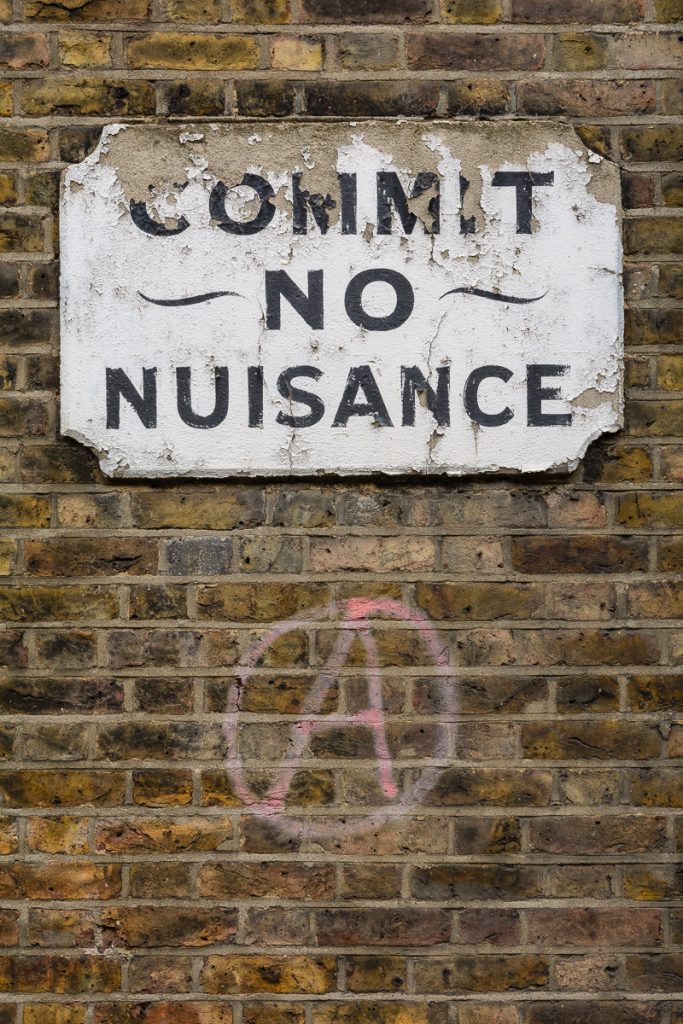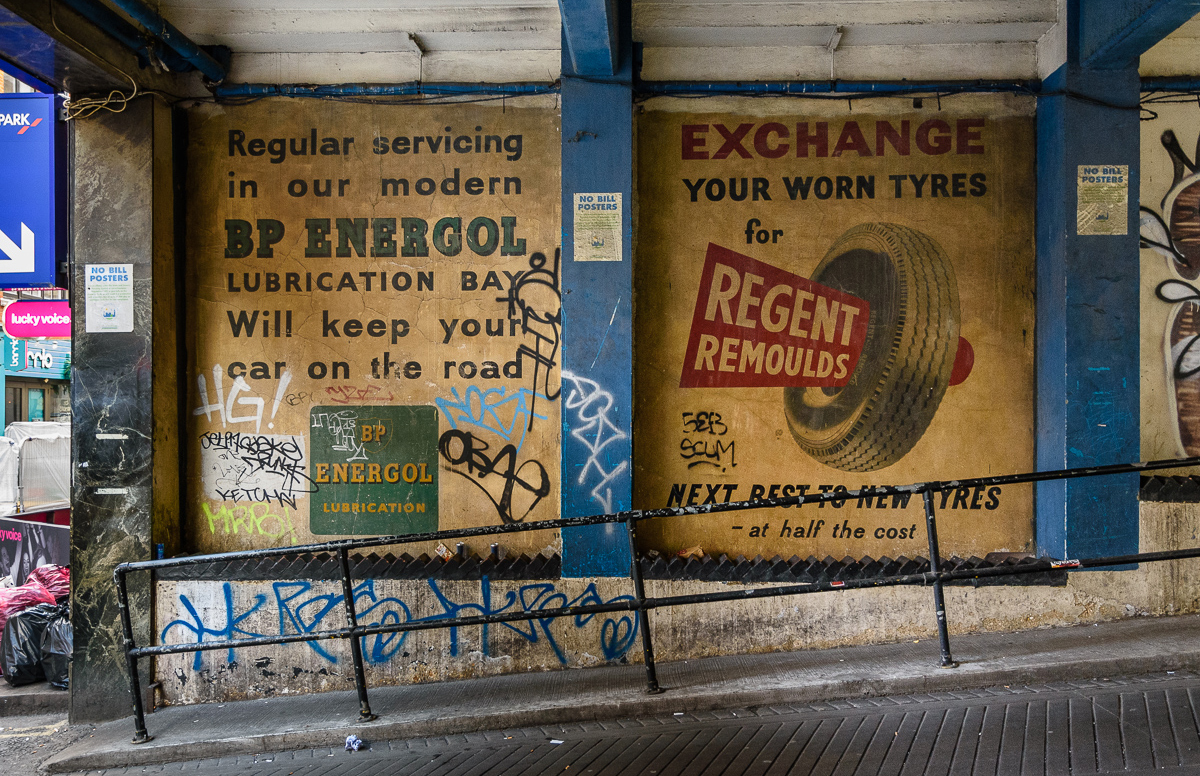New book, Ghost Signs: A London Story, takes readers on a nostalgic tour of the capital’s ‘ghost’ signs which hide in plain sight.
London is full of ghost adverts, you just need to ‘tune into their frequency’ to see them, says co-author and former ad man Sam Roberts, who has been researching ghost signs for 15 years and has written an academic paper on the subject. He and his co-creator Roy Reed found about 700 in London and selected 250 of the best for the book.

Photography: Roy Reed

Photography: Roy Reed

Photography: Roy Reed

Photography: Roy Reed

Photography: Roy Reed

Photography: Roy Reed

Photography: Roy Reed

Photography: Roy Reed
Roberts and Reed, both Londoners, classify ghost signs as painted signs that have a translucent, or ‘visibly ghostly’ appearance (there is no official definition). The often hand-painted works were typically created from the 1870s to the 1930s and feature old-fashioned type font and designs, which evoke a sense of nostalgia. Some wonderful examples include ‘Walker Bros Fountain Pen Specialists’ and ‘Black Cat Cigarettes’.

‘[The signs] are voices from the past, they are public pieces of history written for a past audience, we can only see them by the quirk of their survival,’ says Roberts. These typographic landmarks have survived against significant odds and have a precarious existence in an ever-changing urbanscape. ‘Very few are listed, and many may be lost in the future,’ Roberts adds.

Through extensive research, they’ve unearthed the stories of the people behind the adverts (from big businesses to sole trader enterprises) and their bygone wares. In the East End, CH N. Katz’s sign arches above a window once owned by the Jewish paper bag, string and twine merchant, who had a very minimal product display of just a few items.
‘Ghost Signs: A London Story’ is out now, published by Isola Press from £25



Creative retreats: 9 havens for artists, writers and musicians























